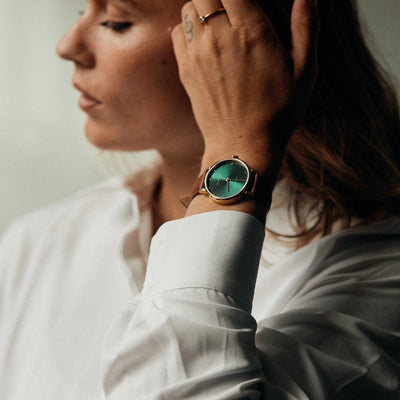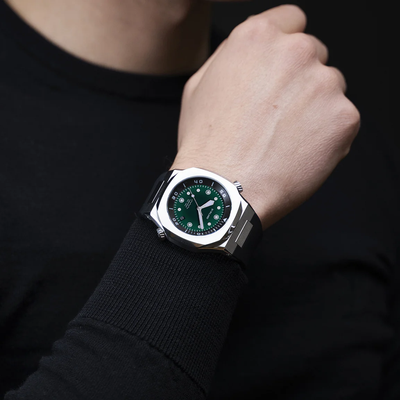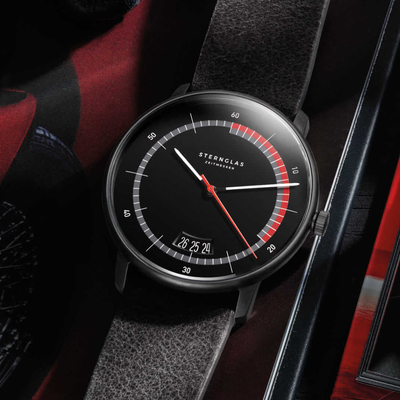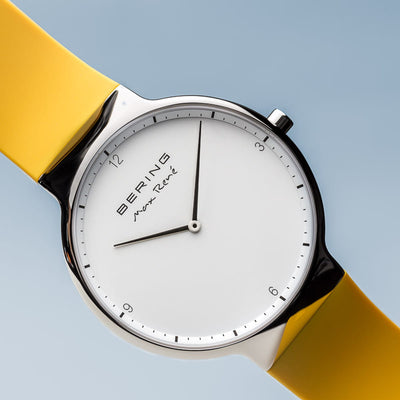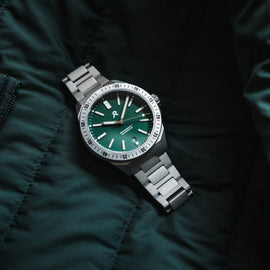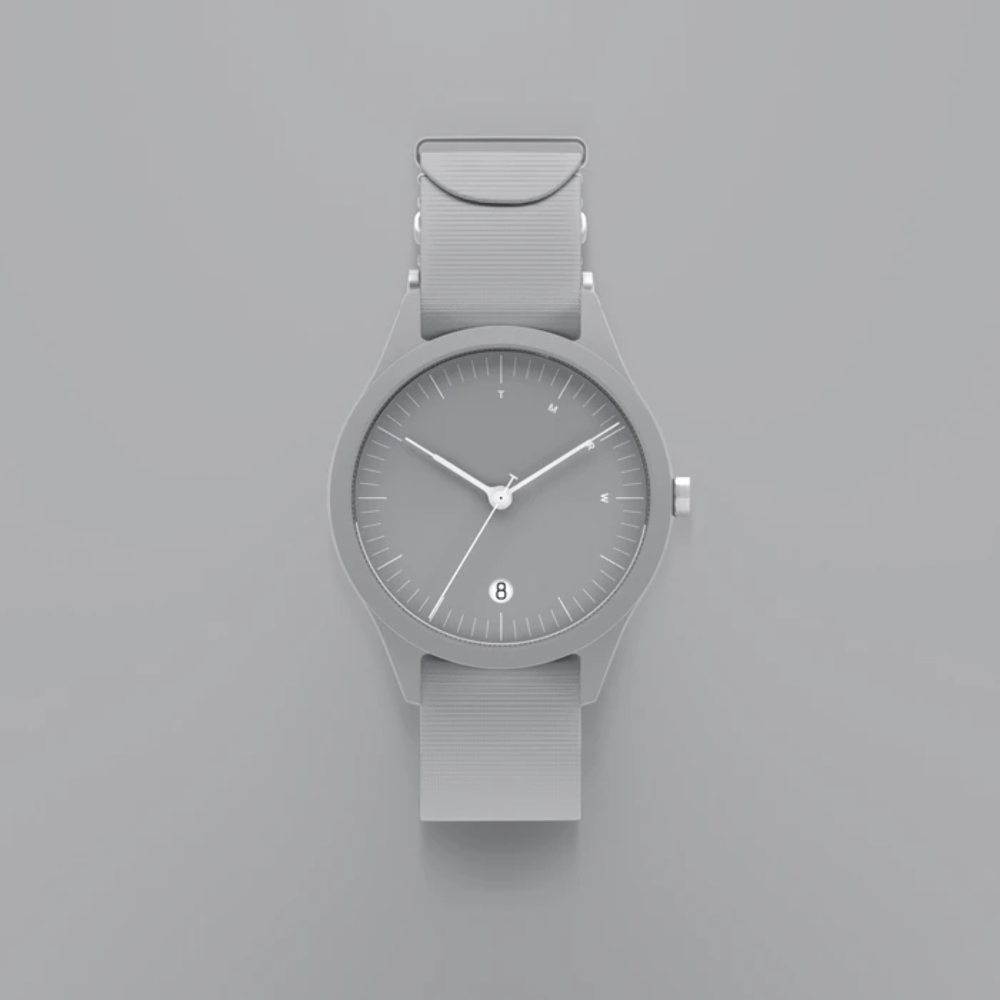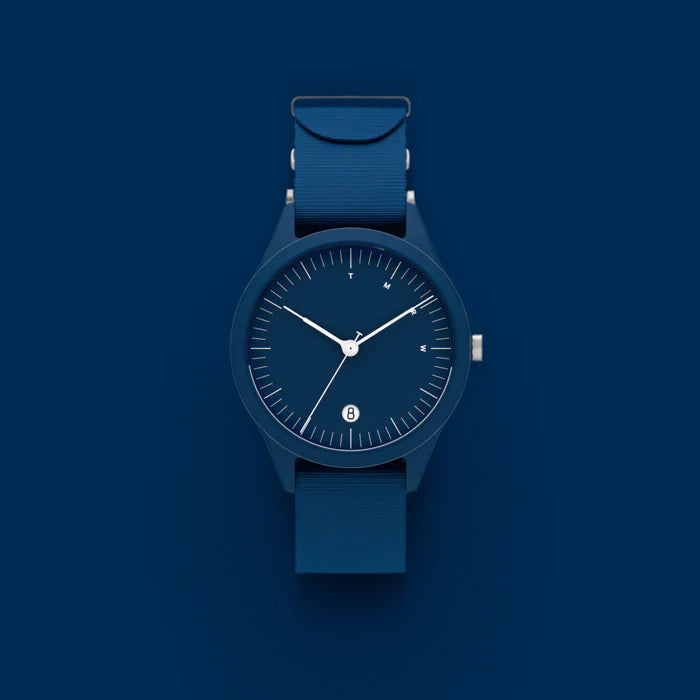Microbrand watches and luxury watches differ in several aspects, including brand recognition, production scale, price range, craftsmanship, and heritage. Here are the key differences between the two:
-
Brand Recognition: Luxury watches are typically associated with well-established and renowned brands that have a long history and heritage. They often have a global presence, high brand recognition, and a loyal customer base. In contrast, microbrand watches are produced by smaller, independent companies that may not have the same level of brand recognition or legacy.
-
Production Scale: Luxury watch brands generally have larger-scale production and distribution networks. They often produce watches in larger quantities, allowing for wider availability through authorized retailers and boutiques worldwide. Microbrands, on the other hand, have smaller production volumes, resulting in more limited availability and exclusivity.
-
Price Range: Luxury watches are known for their high price points, often reflecting the use of precious materials, intricate complications, and prestigious brand associations. Microbrand watches, while they can also include higher-priced models, tend to offer more affordable options. Microbrands often focus on delivering quality and unique designs at a more accessible price point.
-
Craftsmanship and Materials: Luxury watches are renowned for their exceptional craftsmanship, meticulous attention to detail, and the use of high-quality materials, such as precious metals, diamonds, and exotic leathers. Microbrands strive to offer quality and craftsmanship, but their use of materials and finishing may differ based on their price point and target market.
-
Heritage and Legacy: Luxury watch brands often have a rich heritage and a legacy of watchmaking expertise that spans decades or even centuries. They may have iconic models that have stood the test of time and hold historical significance. Microbrands, being relatively new and independent, may not have the same historical lineage or deep-rooted heritage.
-
Collectibility and Resale Value: Luxury watches from established brands often have a higher level of collectibility and resale value due to their brand reputation, heritage, and rarity of certain models. Microbrands may gain collectibility and appreciation among enthusiasts, but their resale value and market demand may not be as significant as those of established luxury brands.
It's important to note that these differences are generalisations, and there can be exceptions within both microbrand and luxury watch categories. Some microbrands may produce watches that rival the quality and craftsmanship of luxury brands, while certain luxury brands may offer more accessible and entry-level options. Ultimately, personal preferences, design aesthetics, and individual budgets play a significant role in choosing between microbrand and luxury watches.

